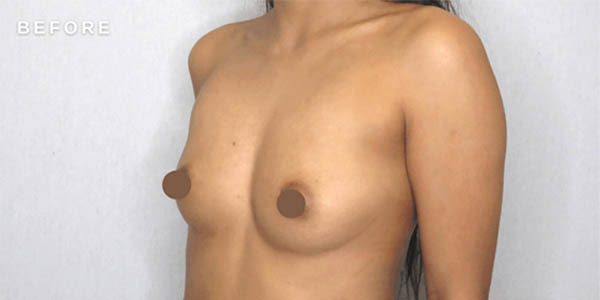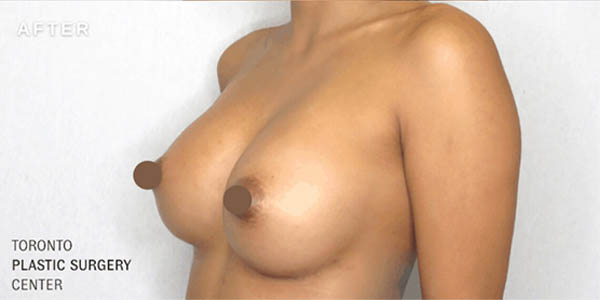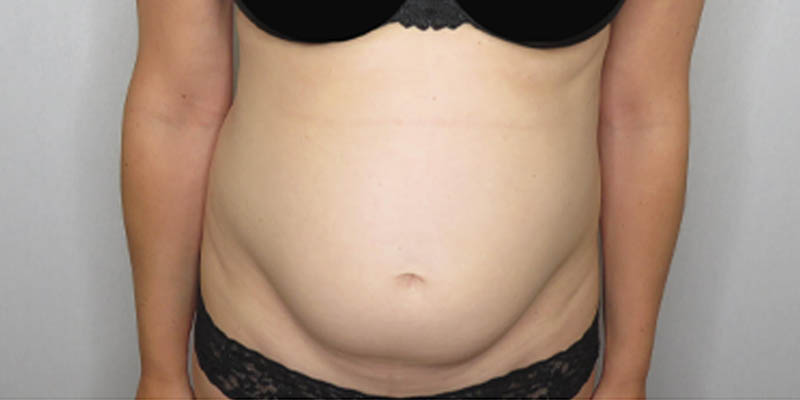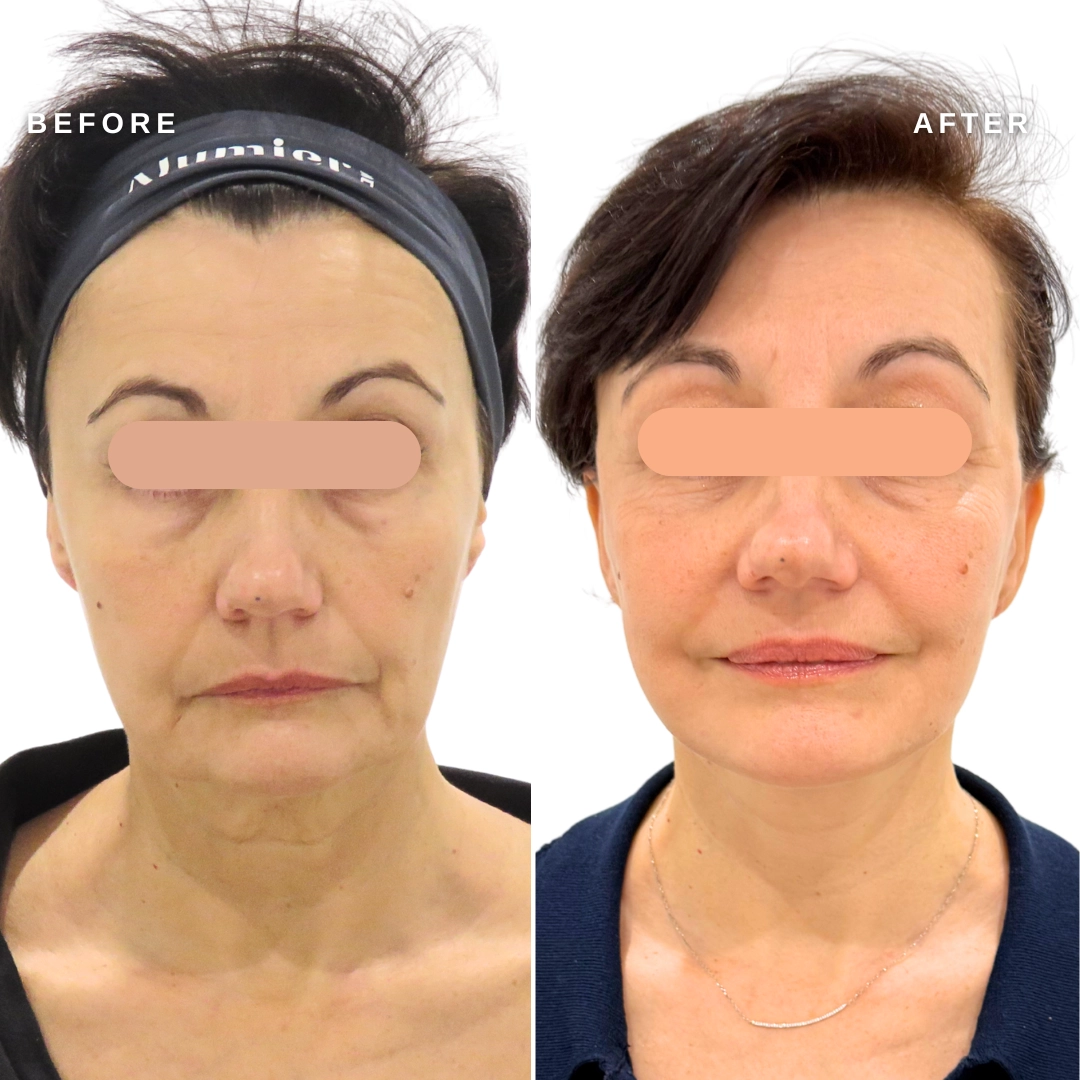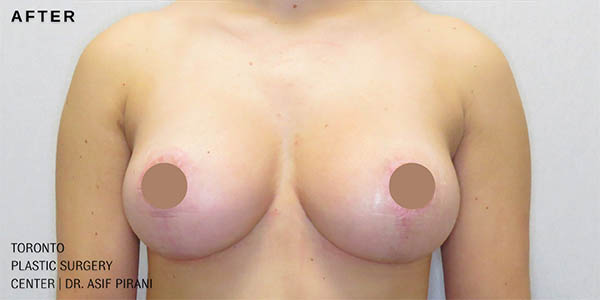- Body
- Breast
- Face
- Injectables
- BOTOX®, Dysport & Nuceiva
- Dermal Fillers
- Earlobe Filler
- Facial Slimming
- Gummy Smile Correction
- Hyaluronidase
- Hyperhidrosis
- Jawline Filler
- Lip Injections
- Non-Surgical Brow Lift
- Non-Surgical Double Chin Reduction
- Non-Surgical Facelift
- Non-Surgical Hand Rejuvenation
- Non-Surgical Nose Job
- Tear Trough Treatment
- Skin
- Male
- Gallery
- About
- Resources
- Contact
In a lot of ways, the most important part of your facelift is the recovery period. It’s during this time that your body has to reconcile with the changes that have occurred, re-establish connections between tissues, and heal the incision site and moved skin and tissues. Knowing what to do – and what not to do – is almost as important as choosing the right surgeon.

Before your procedure, your surgeon should explain what you can expect during your recovery and will provide you with strict aftercare instructions that will detail how to wash and dress your incisions over the next few weeks. Be sure to follow their instructions to the letter; they are designed to help you heal quickly and without complication.
Days 1-7: Rest & Recuperate
During the first week following your procedure, it’s essential that you take it easy. You’re not likely to want to stray far from home, but it is important that you don’t overdo it even around the house. You don’t have to spend the week lying in bed, but put effort into not jumping back into your regular routine, either.
You will want to have a caretaker at hand to assist you for at least the first 24-48 hours as you will be tired, groggy from the anesthetic, and on pain medication. You may experience some nausea from the pain medication as well, but it’s important to keep taking them so you can get up and do some light activities around the house without discomfort. Movement during this phase is important to help keep the body healthy, the blood moving well, and the lungs working.
Days 8-15: Increased Activity
Some bruising remaining on the face, neck, eyes, or behind the ears is common at this stage and should not be cause for concern. Some patients may also experience odd sensations such as burning, numbness, tingling, or tightness. This is due to swelling in the area and will fade as healing continues. Be sure not to scratch at incision sites no matter how itchy they get.
Continue to get up and get exercise each day, but do not overdo it just yet. Continue to follow your after-care instructions to the letter and drink plenty of clean water. Fresh air can also help speed up the healing process so open a window or two if weather allows.
Additionally, be sure you’re eating healthy foods and are avoiding overly salty or processed meals.
Days 16-31: Resuming Everyday Activities
By this point in your recovery, you will likely begin to see significant improvement at the incision sites. They may remain pink or light red for some weeks to come, but they will be closed and are likely beginning to smooth out where the suture or stitches have been removed.
Some swelling or tightness may remain in a few areas but you will look and feel much better already. Most patients are able to return to their normal activities at this point. Your surgeon will explain proper sun care during your healing and you will be able to wear makeup to cover the appearance of scars.
For more advice on proper healing, contact our office today!
